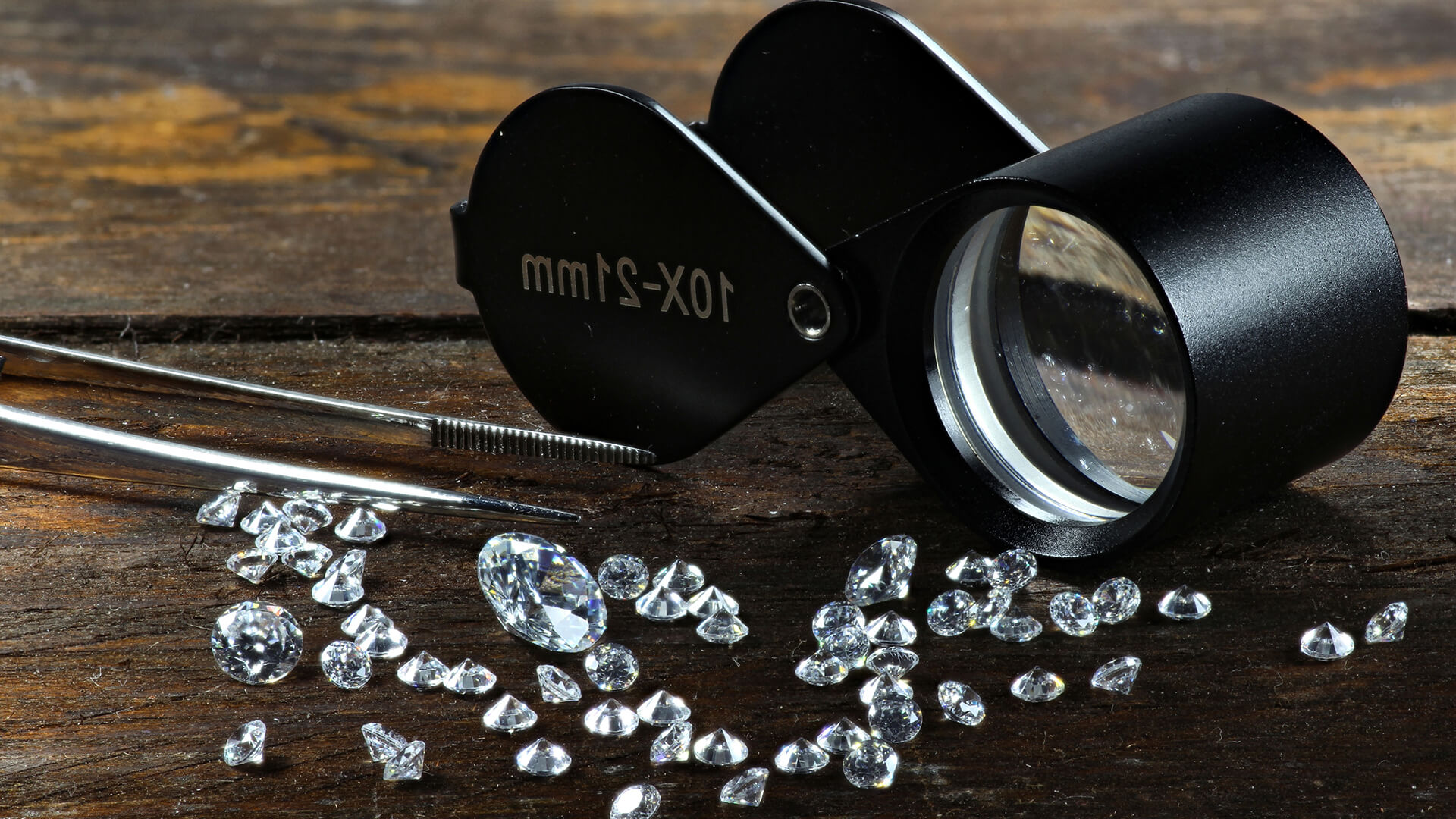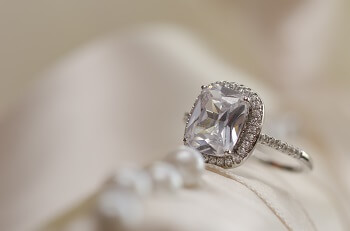

History of Diamond Engagement Rings
What’s behind the giving of diamond engagement rings at the proposal of marriage?
When did it come to be the symbol of everlasting love? Why do women receive a ring as a promise of impending nuptials but men do not? M.I. Trading has made a business from knowing why and we’re here to share the answers with you.
The first well-documented use of a diamond as an engagement ring can be traced back to Maximilian Archduke of Austria when he proposed to Mary of Burgundy, but before and even after, diamonds weren’t the only way to say I Love you.
Diamond engagement rings came to be the social norm following an advertisement campaign by major diamond buyer DeBeers in the late 1940’s. Expectations of premier, high quality diamonds to secure the affections of your bride to be replaced the perhaps more simple yet elegant jewelry of the past. In the 1930’s DeBeers controlled over 60% of the rough diamond trade in the world and economic depression severely limited their sales capacity, so they rolled out a fantastic campaign.
“Diamonds are forever” became an instantly recognizable catch phrase and GI’s eager to pop the question upon their return from the front did just that, all at two months salary none the less. Diamond rings became the only way to propose and the idea that a diamond can last forever lent itself well to the power of love and desire for a strong and stable marriage. The practice of exchanging a ring for a promise of fidelity followed wide swept legal reforms in America which abolished shotgun wedding laws. Presenting your betrothed with a ring assured them the contractual agreements of matrimony would be upheld and adding a diamond to the mix just upped the ante.

The practice of exchanging a ring for a promise of fidelity followed wide swept legal reforms in America which abolished shotgun wedding laws.







